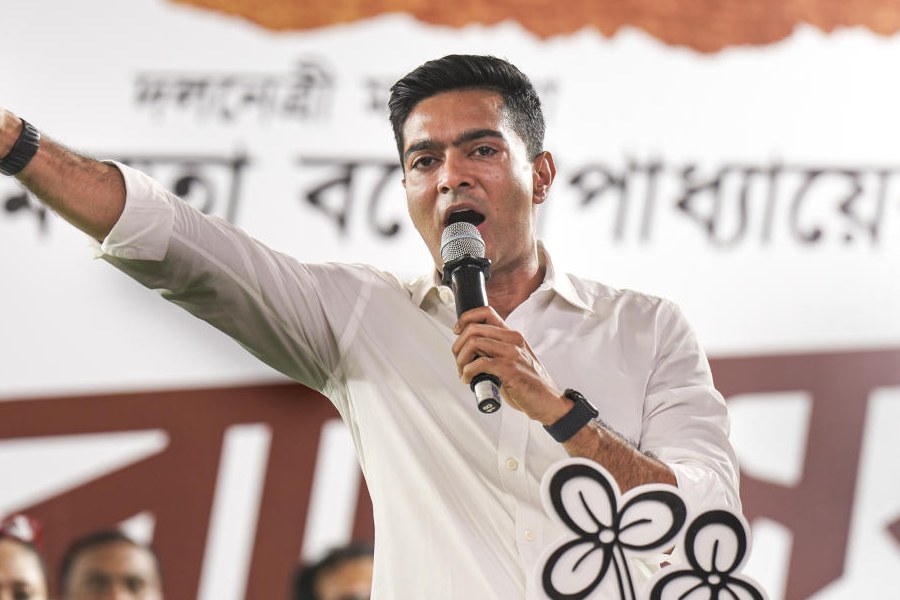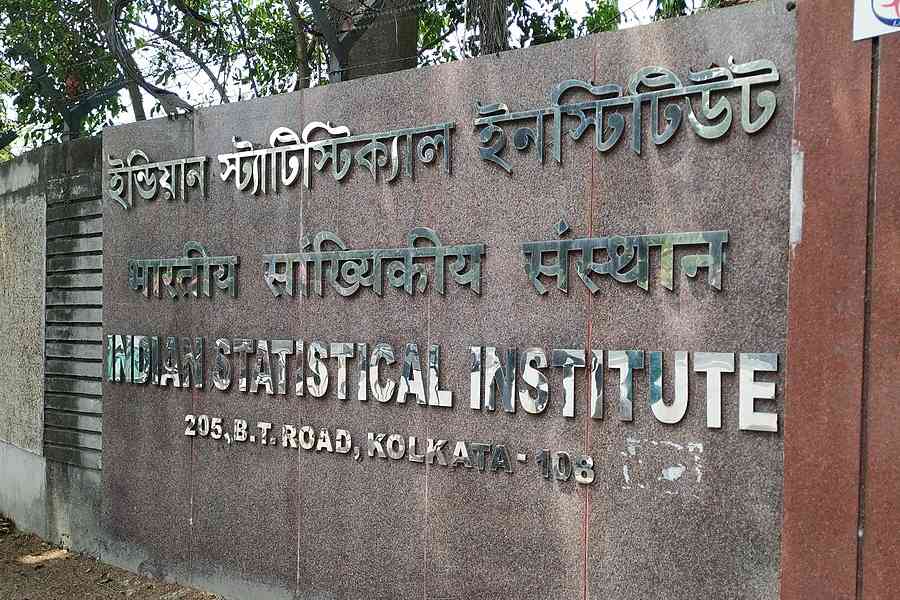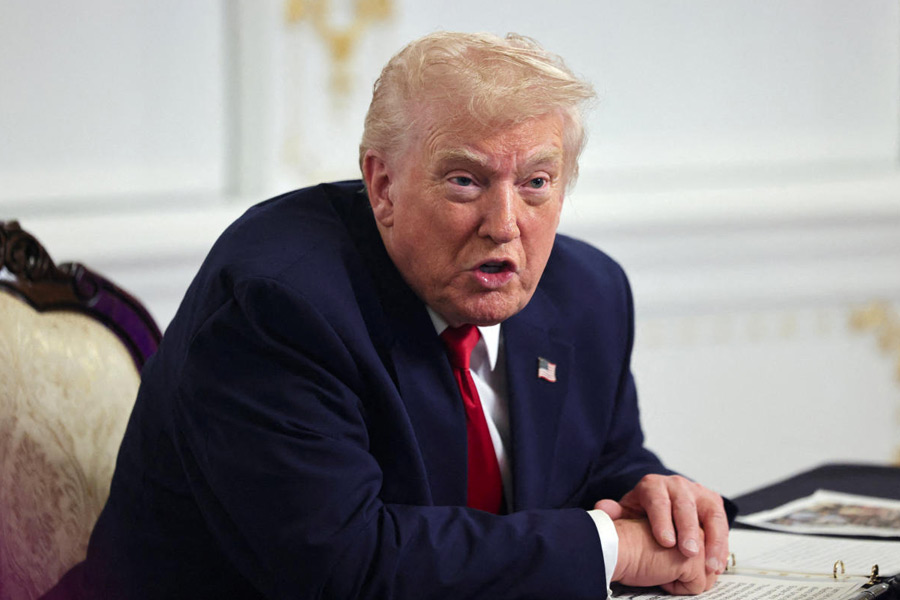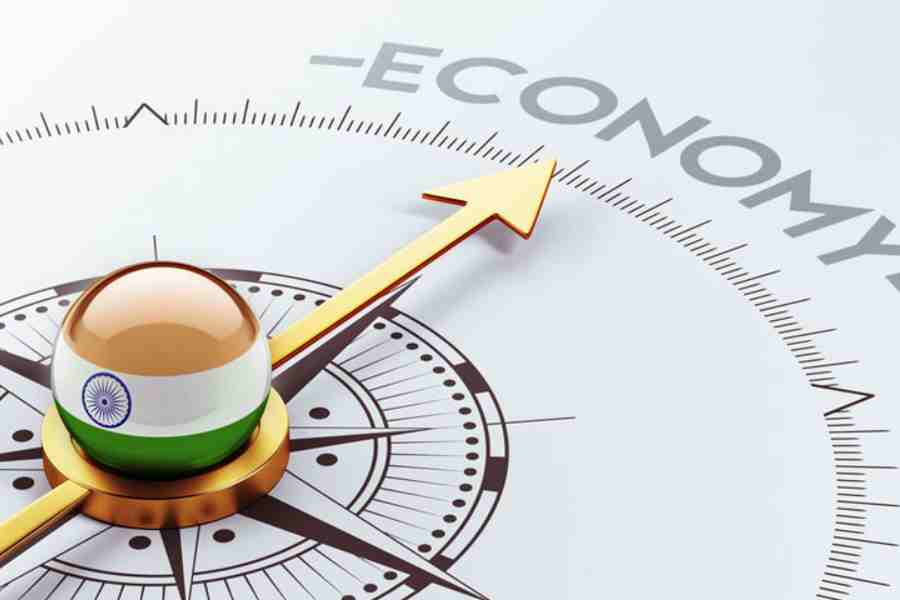|
|
The cliché of the month is ‘policy paralysis’. As I write this, hardly a day goes by without newspapers carrying some news item about public discontent with government inaction. The vast majority of people believe that the United Progressive Alliance government has been completely ineffective in dealing with a whole host of problems confronting the Indian economy, that it is either unwilling or incapable of taking any initiative in enacting much-needed reforms that would ensure that the rate of growth of the economy reaches the magic figure of 10 per cent.
After a long time — some would say much too long — the government decided to take the bull by the horns, and attempt to correct the public perception. The prime minister met a group of editors of leading newspapers in an attempt to convince them that the public perception is misguided, at least partly because of the bad press received by the government. The finance minister has also held at least one press conference in order to present the government’s case that it has actually been not as inactive as has been portrayed in the press. More recently, Pranab Mukherjee met various corporate leaders and outlined the government’s intention to present several pieces of legislation in the current session of Parliament.
Does the government really have a point? Is this a situation where the glass is actually half full but newspapers claim that it is at least half empty, and a somewhat pessimistic public have exaggerated this to mean that the glass is almost empty?
Unfortunately, the case for the government looks pretty bleak because even the prime minister’s economic advisory council has now stated in its Economic Outlook for 2011-12 that the government seems disinclined to initiate new policies, so much so that the economy has lost momentum. The PMEAC has scaled down the projected rate of growth to 8.2 per cent. This is, of course, quite a respectable figure by most standards — most of the world’s largest countries would love to be able to achieve even half this rate of growth. But what is important is to realize is that most people had predicted significantly higher rates of growth only a short while ago. Clearly, there are storm clouds hovering over the economy, and most people feel that the government is in denial.
Perhaps, the seeming inability or disinclination of the government to tackle rampaging corruption has been the biggest blow to the government’s reputation. It was common knowledge that huge amounts of public money were misappropriated from expenditures associated with the Commonwealth Games. Similarly, there was an overpowering stench emanating from the entire process through which the 2G spectrum licences were awarded. Unfortunately, other than empty rhetoric, the Central government has not taken any concrete steps to convince us that it means business in so far as controlling the level of corruption is concerned.
The UPA government can also be legitimately accused of other acts of omission. Despite coming back to power two years ago, it does not have a single major piece of legislation to its credit. Neither can it claim to have implemented most of the major targets set by itself. For instance, there is a glaring gap between targets and achievements in the infrastructure sector — a sector which is crucially important if double digit rates of overall growth are to be reached.
The UPA government in its earlier incarnation could rightfully claim to have passed at least one piece of landmark legislation — the National Rural Employment Guarantee Act. Although several critics of this Act allege (rightly) that this Act has resulted in large leakages, it has been a giant and welcome blow in support of social intervention in favour of the poor. Actions of this kind are also somewhat easier to implement because they are politically popular — no political party can afford to oppose reforms of this kind. In fact, some even claim that the UPA coalition won the 2009 elections largely because of this Act. The current government had — and still has — the opportunity to pass similar legislation in the form of the Right to Food Act. Unfortunately, it has been hamstrung because it suffers from parallel centres of power. In particular, the National Advisory Council, headed by Sonia Gandhi no less, and various administrative wings of the government have had crucial differences over what is appropriate and what is feasible. Draft bills and modifications have been flying back and forth between the two groups, the end result being that we still do not have any piece of legislation.
Another sphere in which the government has got a particularly bad score from the public is its failure to control the rise in prices. But, this may be somewhat unfair because it is not clear what the government could have done to bring prices under control. First, at least some part of the inflation has been imported from abroad — for instance, petroleum prices are influenced by crude oil prices. Second, prices of items such as fruits, vegetables, milk and eggs have been primarily responsible for the recent rise in food inflation. There is some evidence that rural real wages have been increasing rapidly — by as much as 20 per cent according to the labour bureau. This has resulted in a shift in consumption patterns away from cereals to the items mentioned earlier. However, there has not been a matching increase in supply. At least in the short run, there is very little that the Central government can do to augment supply of these goods.
But perhaps the government has finally realized that time is running out. There are signs that it has started to move on reform measures. For instance, it has recently jacked up petroleum prices to control the subsidy bill. Incidentally, this much-needed measure generated a lot of criticism, with several opposition parties, and even the Trinamul Congress, calling it a tax on the poor. (Who said that governance is easy in India?) The government has also cleared two large foreign direct investment proposals after a long time. Again, this is a welcome move because FDI into India has slowed down a lot.
The government has just presented the lok pal bill in Parliament. There are also signs that a revised Land Acquisition Act will soon see the light of day. These are important and welcome moves. However, not all policy initiatives require new legislation of this type. For instance, it is essential to ensure that infrastructural bottlenecks are removed by attracting fresh investment into the sector. Efficiency in energy use can be improved by shifting the movement of freight from roads to railways. This would require an end to the practice of subsidizing passenger fares by increasing freight charges. There are a large set of such small measures that can make a big difference to the overall functioning of the economy. It needs no rocket scientist to identify these policies. But it does need a will to act.











